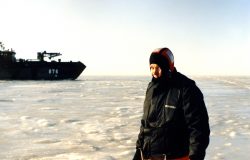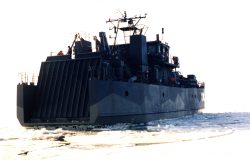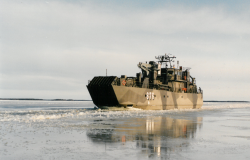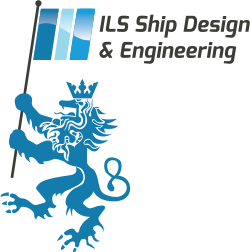Pansio Class Minelayers
FNS PANSIO, FNS PYHÄRANTA, FNS PORKKALA
Clients
Finnish Navy
Olkiluoto Shipyard Oy, Finland
Midlife upgrade clients
Atlas Elektronik Finland
UKI Workboat Ltd, Finland
Main particulars
Length: 43 m
Beam: 10 m
Draught: 2 m
Displacement: 680 tons
Propulsion: 2 × 1 100 kW
Speed: 11 knots
Complement: 19
Armament:
2 × Sako 23 mm/87
1 × 12.7 mm NSV
50 mines (Sea Mine 2000)
ILS commissions
Conceptual design
Basic design
Workshop drawings
Midlife upgrade ship technical design






